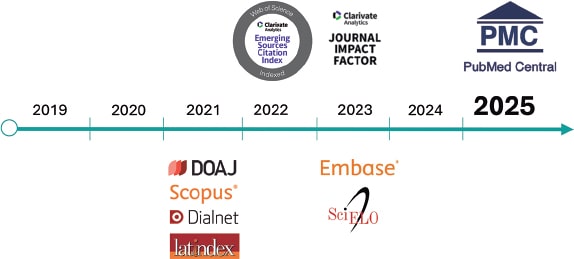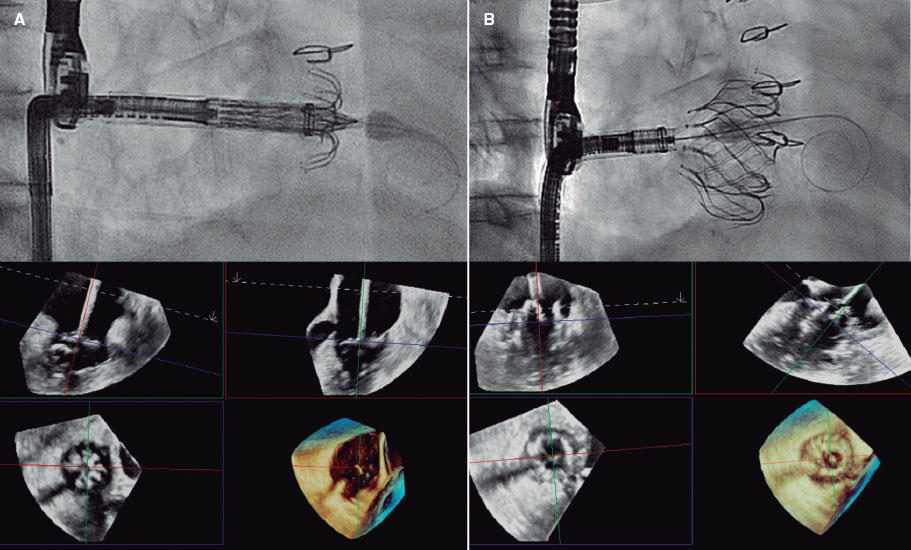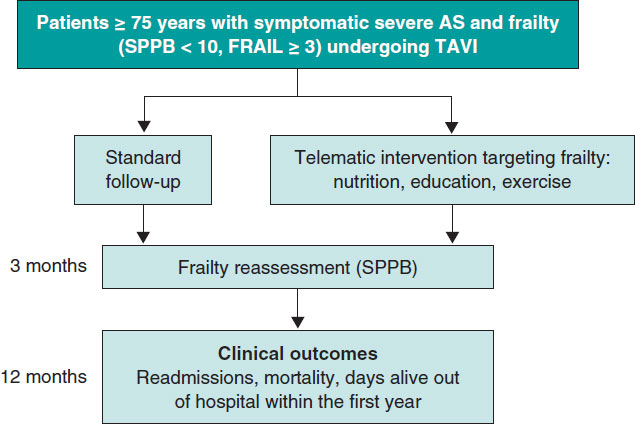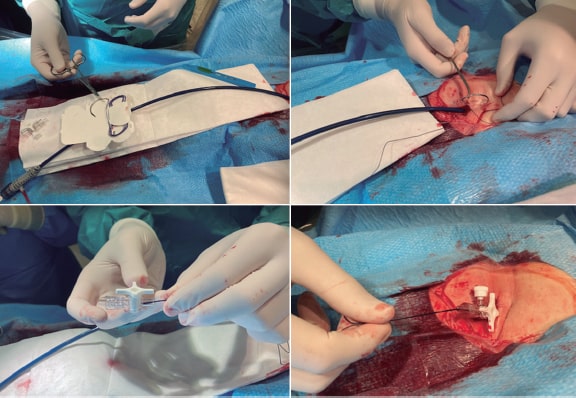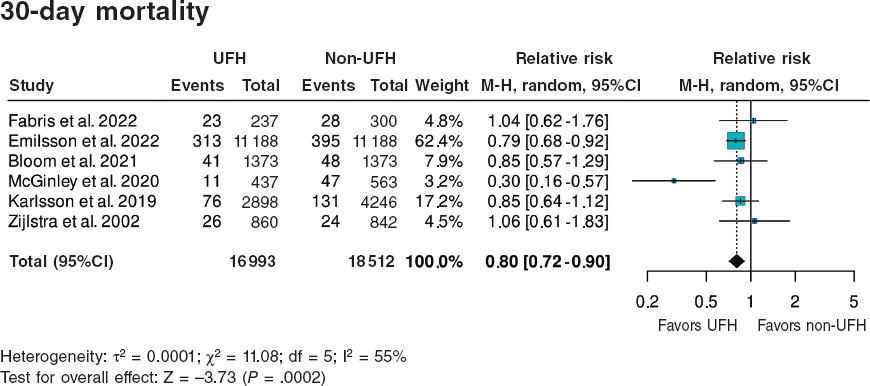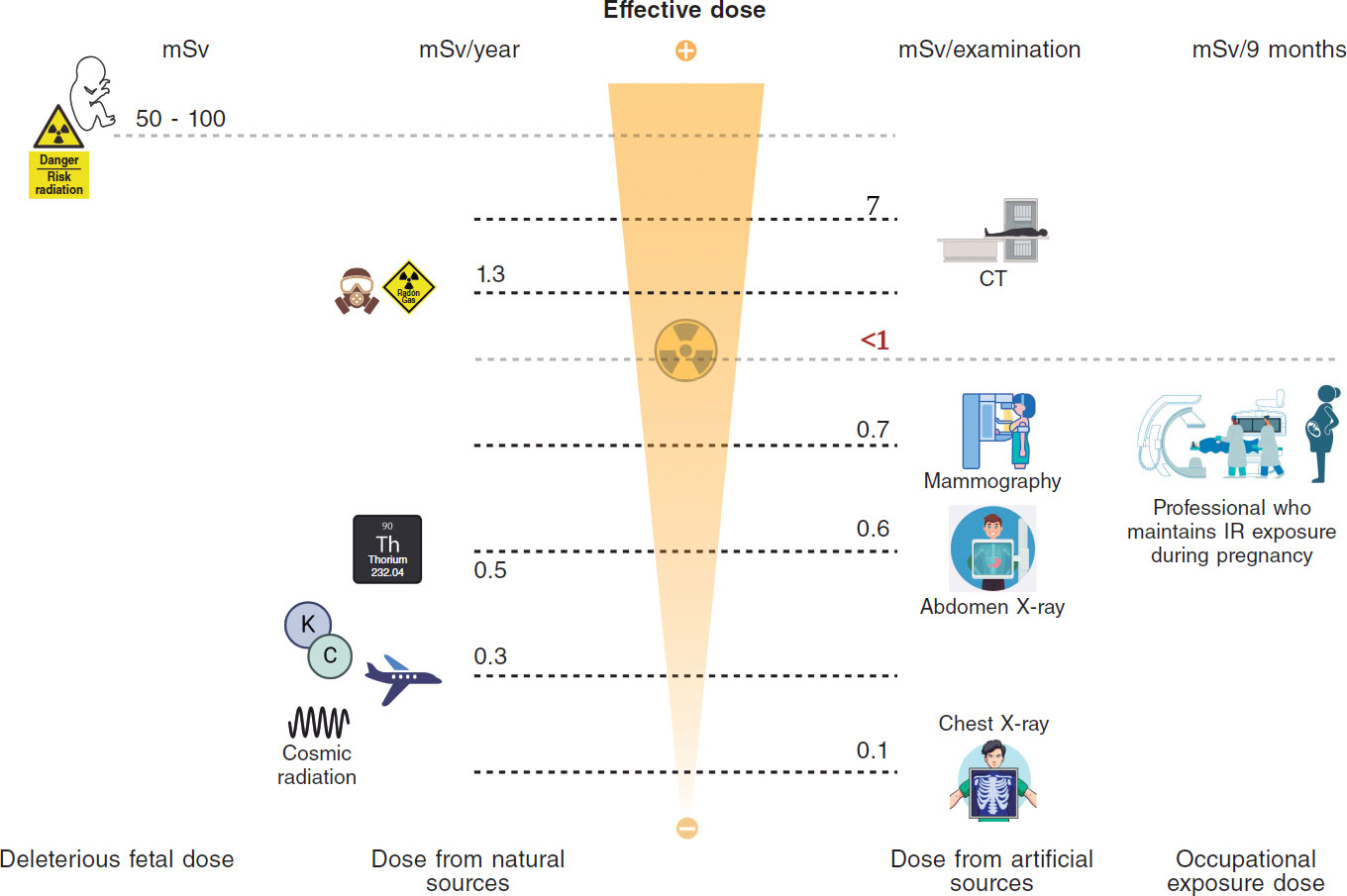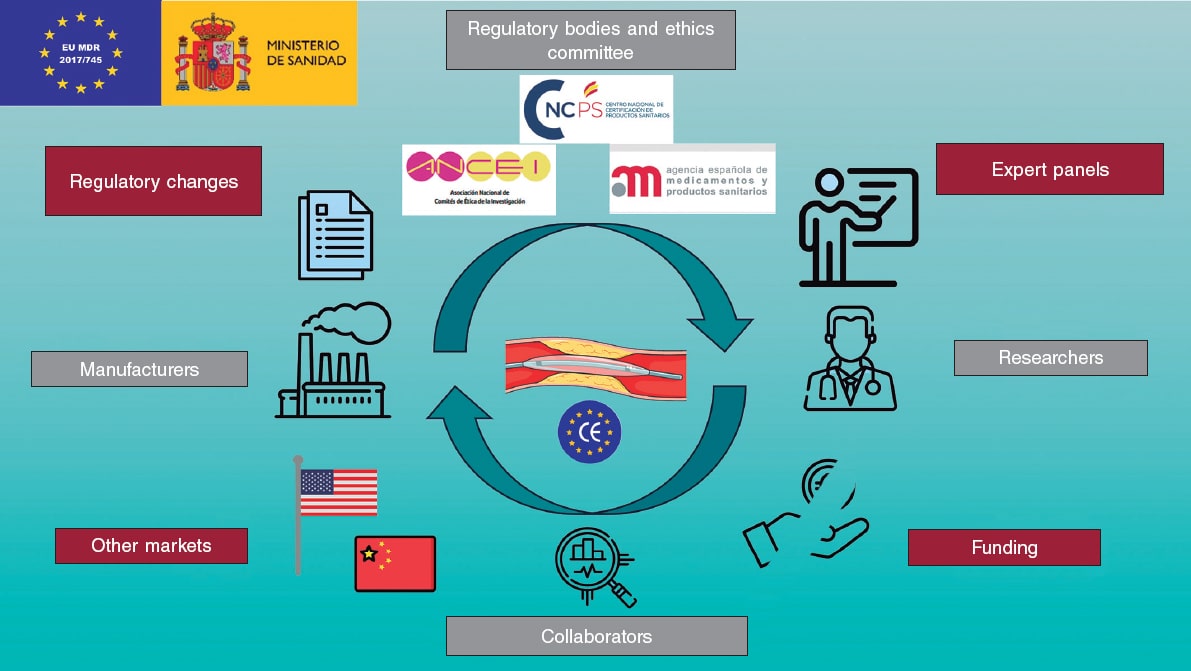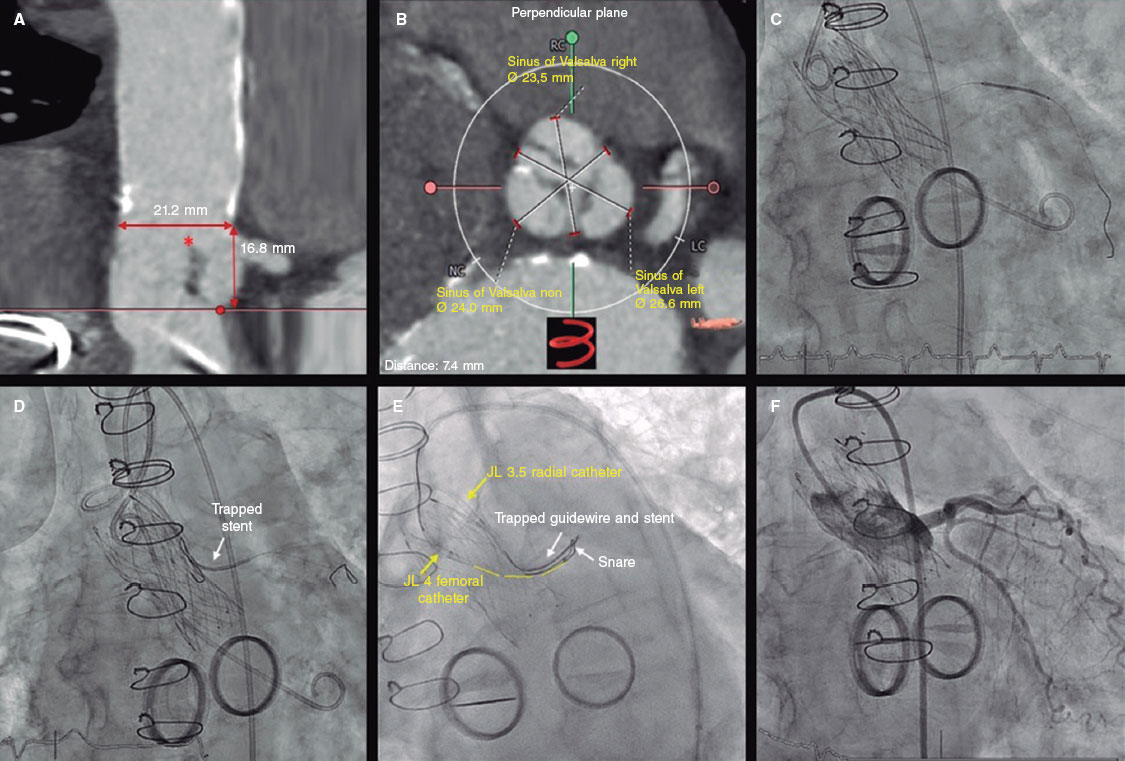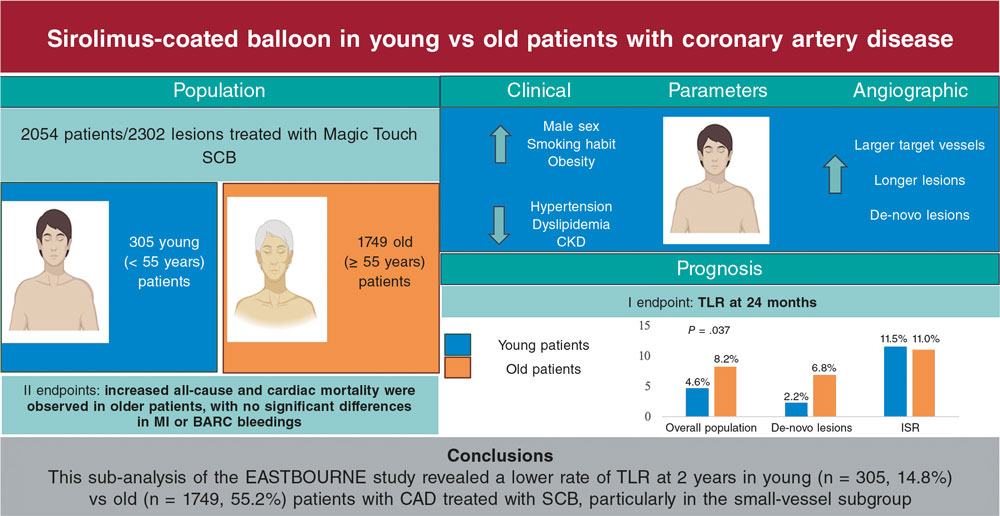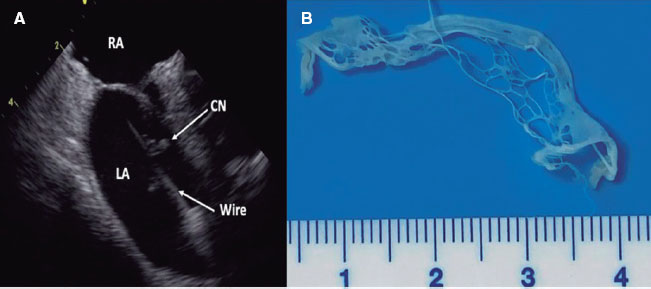QUESTION: We would like to know your interpretation of the PREVENT trial.1 Do you think it could change clinical practice regarding the treatment of vulnerable plaques?
ANSWER: The PREVENT1 is an open-label clinical trial comparing coronary intervention plus optimal medical therapy versus optimal medical treatment alone in patients with high-risk vulnerable plaques without flow limitation. In the group undergoing coronary intervention combined with optimal medical therapy, this trial demonstrated a 46% relative risk reduction (odds ratio, 0.54; 95% confidence interval [95%CI], 0.33-0.87; P = .0097) for the primary endpoint—a composite of cardiac death, target vessel myocardial infarction, ischemia-driven target vessel revascularization, or hospitalization due to unstable or progressive angina—2 years after randomization. Furthermore, this effect was maintained in each component of the primary endpoint, and during the study follow-up.
Although current clinical practice guidelines do not indicate coronary intervention for this type of lesion, this trial paves the way for reflection on several aspects.
We could argue that what this trial is truly analyzing is a focal preventive treatment of vulnerable plaque—which, by current definition, is what is being done—or if this approach should be considered a true focal treatment, if we consider vulnerable plaque as a “diseased plaque.” Until now, interventional treatment of coronary atheromatous plaques was based on the presence or absence of significant flow limitation while disregarding the structure or composition of the plaque. However, we do know that the progression of these plaques is highly variable and depends on many factors, including the pro-inflammatory state. The patients included in the study had high-risk vulnerable plaques, e.g, plaques prone to rupture that do not limit flow. However, focal treatment combined with optimal medical therapy may improve prognosis.
With regard to risk factor control, there seem to be no differences between the 2 study groups, which could be indicative that early interventional treatment with optimal medical therapy would be the most effective option. However, we lack data on the patients’ inflammatory status, levels of other lipid fractions—such as lipoprotein (a)—or lifestyle habits such as diet, which could be variables of interest in the progression and vulnerability of atheromatous plaques. On the other hand, the optimal medical therapy considered in the study seems somewhat limited, because it does not include therapies capable of improving these patients’ cardiovascular prognosis, such as proprotein convertase subtilisin/kexin type 9 (PCSK9) inhibitors and glucagon-like peptide-1 (GLP-1) receptor agonists. The higher percentage of patients on dual antiplatelet therapy from the intervention group—which could favor results in this group—cannot be overlooked either.
Although this trial may not systematically change clinical practice due to the unfeasibility of a global strategy for studying all vulnerable plaques, it should prompt us to reflect on the need to evaluate coronary atherosclerosis beyond visual stenosis to identify higher-risk patients who need a combined strategy of coronary intervention plus optimal medical therapy.
Q: Could you summarize the current state of evidence regarding the pharmacological treatment of vulnerable plaques?
A: Although there are studies on plaque reduction using different approaches for risk factor control,2 the most recent ones conducted with more advanced imaging modalities emphasize the need to not only modify the volume and content of the plaque but also its composition and stability.
The PACMAN-AMI trial3 demonstrated that treatment with alirocumab (150 mg biweekly) plus rosuvastatin (20 mg) reduced the volume of plaque, its lipid content, and increased the fibrous cap of non-culprit lesions. Evolocumab reduced the volume of plaque too in the GLAGOV trial4 and improved composition in the HUYGENS trial.5
The ARQUITECH trial6 conducted with patients with familial hypercholesterolemia without atherosclerotic disease and on intensive lipid-lowering therapy with alirocumab (150 mg) plus statins stabilized atheromatous plaque measured by non-invasive coronary angiography.
Although studies on plaque reduction with statins have been favorable, the stabilization results obtained when adding PCSK9 inhibitors to the mix have been better, probably due to the possibility of achieving lower plasma concentrations of low-density lipoproteins (LDL) and their action on different metabolic pathways.2
Regarding other drugs used to treat cardiovascular disease, there is controversy surrounding omega-3 fatty acids. However, the EVAPORATE trial7 demonstrated that icosapent ethyl reduced the volume of plaque, although with no data on its composition. The use of sodium-glucose co-transporter type 2 (SGLT2) inhibitors8 has been associated with increased fibrous cap thickness and reduced lipid arc and degree of macrophage activation as evaluated by optical coherence tomography in patients with type 2 diabetes mellitus and non-obstructive multivessel disease.
Studies with antihypertensive drugs have not been consistent regarding the reduction of plaque volume and composition.2 Anti-inflammatory drugs, such as colchicine9 have been shown to reduce the volume of low attenuation plaque in the non-invasive coronary angiography.
Although the pharmacological approach to vulnerable plaque is the treatment of choice in cardiovascular prevention, the most compelling evidence of clinical trials on plaque stabilization comes from intensive lipid-lowering therapy, which achieves more significant LDL reductions. Nevertheless, we must consider that the positive results of clinical trials regarding lifestyle changes and pharmacological therapies that have been shown to reduce cardiovascular events, may partly be due to plaque stabilization.
Q.: Traditionally, treatment modulation in secondary prevention has been associated with the levels of lipids, glycosylated hemoglobin, or blood pressure, among other factors. Do you think treatment should also be modulated by the presence of vulnerable plaques? And if so, how would you approach it?
A.: Current clinical practice guidelines do not make any special mention of the presence of high-risk plaques or the possibilities of specific treatment.
Cardiovascular risk assessment by current scores guides the pharmacological management of patients. In those without a previous event, treatment goals for controlling LDL and blood pressure will depend on the risk category. However, in those with established cardiovascular disease or equivalent risk—very high risk—the goals are the same for all patients.
To answer this question, we need to clarify the concept of vulnerable plaque: one that has a higher likelihood of disruption and thrombosis, resulting in a greater probability of causing an adverse cardiovascular event.10 The presence or absence of vulnerable plaque determines the use of invasive or non-invasive diagnostic techniques, which have certain limitations. All in all, these are not widely available tests to make global assessments of all patients for risk reclassification. Moreover, plaques are dynamic and can change due to several factors.
If we had available and reliable techniques to identify vulnerable plaques that could trigger therapeutic changes, they could be used in patients with moderate or high vascular risk—through non-invasive techniques—to eventually propose a change in therapeutic objectives. However, currently, this is not possible, and we would need to identify other risk criteria to find patients who would benefit the most from this strategy. For those with symptoms and an indication for invasive coronary angiography due to established cardiovascular disease, it would be worth considering the invasive study of vulnerable plaques in light of the PREVENT trial results,1 as this procedure could be considered the plaque focal treatment, while identifying risk criteria to facilitate and expedite evaluation.
Q.: Currently, what can non-invasive imaging contribute to identifying these types of plaques?
A: Coronary computed tomography angiography is a thriving imaging modality for studying plaques, allowing for the evaluation of the degree of stenosis, extent of calcification, and morphology. It has been shown that there is a correlation between the size of plaque attenuation and the occurrence of cardiovascular events.2 Although this imaging modality has the advantages of being non-invasive and allowing for easier visualization of all coronary arteries, its accuracy is lower than that of invasive imaging modalities.11 In the latest clinical practice guidelines on the management of chronic coronary syndrome, coronary computed tomography angiography has an IA indication for diagnosing coronary artery disease in patients with low or moderate probability.12
Although magnetic resonance imaging can assess coronary thickness, stenosis, and plaque remodeling, more experience with this imaging modality and additional time for execution are needed.2 Positron emission tomography can detect areas of inflammation and calcification, but it has certain limitations in plaque evaluation. The combination of these 3 imaging modalities could provide us with very useful information; however, currently, non-invasive imaging modalities for detecting vulnerable plaques have limitations. Although non-invasive coronary angiography is the most developed of the 3, availability may depend on each center.
FUNDING
None declared.
STATEMENT ON THE USE OF ARTIFICIAL INTELLIGENCE
No artificial intelligence has been used.
CONFLICTS OF INTEREST
None declared.
REFERENCES
1. Park SJ, Ahn JM, Kang DY, et al. Preventive percutaneous coronary intervention versus optimal medical therapy alone for the treatment of vulnerable atherosclerotic coronary plaques (PREVENT):a multicentre, open-label, randomised controlled trial. Lancet. 2024;403:1753-1765.
2. Sarraju A, Nissen SE. Atherosclerotic plaque stabilization and regression:a review of clinical evidence. Nat Rev Cardiol. 2024;21:487-497.
3. Räber L, Ueki Y, Otsuka T, et al. Effect of Alirocumab Added to High-Intensity Statin Therapy on Coronary Atherosclerosis in Patients With Acute Myocardial Infarction:The PACMAN-AMI Randomized Clinical Trial. JAMA. 2022;327:1771-1781.
4. Nicholls SJ, Puri R, Anderson T, et al. Effect of Evolocumab on Progression of Coronary Disease in Statin-Treated Patients:The GLAGOV Randomized Clinical Trial. JAMA. 2016;316:2373-2384.
5. Nicholls, S, Kataoka, Y, Nissen, S. et al. Effect of Evolocumab on Coronary Plaque Phenotype and Burden in Statin-Treated Patients Following Myocardial Infarction. JACC Cardiovasc Imaging. 2022;15:1308-1321.
6. Pérez de Isla L, Díaz-Díaz JL, Romero MJ, et al. Alirocumab and Coronary Atherosclerosis in Asymptomatic Patients with Familial Hypercholesterolemia:The ARCHITECT Study. Circulation. 2023;147:1436-1443.
7. Budoff MJ, Bhatt DL, Kinninger A, et al. Effect of icosapent ethyl on progression of coronary atherosclerosis in patients with elevated triglycerides on statin therapy:final results of the EVAPORATE trial. Eur Heart J. 2020;41:3925-3932.
8. Sardu C, Trotta MC, Sasso FC, et al. SGLT2-inhibitors effects on the coronary fibrous cap thickness and MACEs in diabetic patients with inducible myocardial ischemia and multi vessels non-obstructive coronary artery stenosis. Cardiovasc Diabetol. 2023;22:80.
9. Vaidya K, Arnott C, Martínez GJ, et al. Colchicine Therapy and Plaque Stabilization in Patients With Acute Coronary Syndrome:A CT Coronary Angiography Study. JACC Cardiovasc Imaging. 201811:305-316.
10. Tomaniak M, Katagiri Y, Modolo R, et al. Vulnerable plaques and patients:state-of-the-art. Eur Heart J. 2020;41:2997-3004.
11. Sandfort V, Lima JA, Bluemke DA. Noninvasive Imaging of Atherosclerotic Plaque Progression:Status of Coronary Computed Tomography Angiography. Circ Cardiovasc Imaging. 2015;8:e003316.
12. Vrints C, Andreotti F, Koskinas KC, et al. 2024 ESC Guidelines for the management of chronic coronary syndromes. Eury Heart J. 2024 Eur Heart J. 2024;45:3415-3537.



